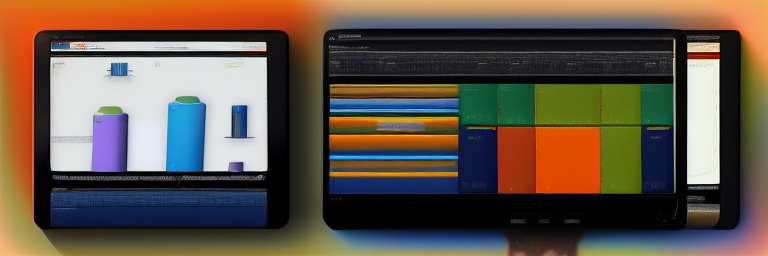Introduction to the Types of Software Integration
Software integration is the process of combining two or more programs in order to achieve a desired result or goal. It can involve connecting different software applications, databases, and systems together to exchange data, share resources, and enable automated workflows. Software integration is a crucial part of enterprise computing, as it enables businesses to avoid manual data entry, improve efficiency, reduce costs, and increase the accuracy of their processes.
There are several different types of software integration, each of which has its own benefits and complexities. The most common types include application integration, data integration, system integration, and process integration.
Application integration involves connecting different software applications together in order to make them communicate and share data. It is typically used to integrate different applications within the same organization, such as accounting, inventory, and customer relationship management (CRM) systems.
Data integration involves combining data from multiple sources, such as databases, spreadsheets, and other applications, in order to provide a unified view of the data. It is typically used for data analysis and reporting.
System integration involves connecting multiple systems together in order to share resources and automate processes. It is often used for enterprise systems, such as creating a single sign–on (SSO) solution or connecting multiple systems for automated workflows.
Process integration involves connecting different processes together in order to automate them and improve efficiency. It is often used for business processes, such as order processing, sales, and marketing.
Software integration is a complex process that requires careful planning and execution. It can help organizations save time, money, and resources while improving the accuracy and efficiency of their processes.
Examples
1. API Integration: This type of integration involves integrating two or more software applications using an API (Application Programming Interface). API integration typically involves using an API to read, write and delete data from another application. This type of integration allows two applications to communicate with each other in a secure, efficient and automated manner.
2. Data Integration: Data integration is the process of combining data from multiple sources into a single, unified view. This type of integration is often used to bridge the gap between disparate systems and ensure data consistency. Data integration involves the use of ETL (extract, transform and load) tools to move data from one system to another, or to consolidate data from multiple sources into a single, unified view.
3. Analytics Integration: Analytics integration involves the integration of analytics systems with other software applications. This type of integration allows users to view and analyze data from multiple applications in one place. Analytics integration typically involves using tools such as Hadoop or Spark to aggregate data from multiple sources and enable users to analyze it.
4. Business Process Integration (BPI): BPI is the process of connecting different business processes and systems in order to enable them to interact and share data. This type of integration is often used to automate processes, improve efficiency and reduce costs. BPI typically involves the use of workflow automation tools and services to manage the integration of different systems.
Considerations for Different Types of Software Integration
When considering the types of software integration, there are several factors that should be taken into account.
First, the integration should be based on the needs of the business. The integration should be tailored to the specific requirements of the organization, and should be designed to increase efficiency and improve the customer experience.
Second, the integration should be secure. Security is a critical component of any integration, and the integration should ensure that all data is kept secure and protected.
Third, the integration should be scalable. As the business grows, the integration should be able to accommodate the increasing needs of the organization.
Fourth, the integration should be cost–effective. The integration should provide value to the organization without significantly increasing its overall costs.
Finally, the integration should be flexible. The integration should be able to adapt to changing needs and requirements of the business, and should be able to easily integrate with other systems if necessary. By taking these considerations into account, organizations can ensure that their software integrations are successful and meet their needs.
Future Outlook
As more and more businesses and organizations transition to cloud–based solutions, the need for software integration will only increase. This is because cloud–based solutions often require integration with other types business systems to ensure data accuracy and workflow efficiency.
Additionally, software integration will be increasingly important as businesses continue to move toward digital transformation. As organizations seek to automate processes and gain insights into their data, software integration will become an essential tool for helping them achieve their goals.
Furthermore, the use of APIs and microservices will become more prevalent, leading to the need for more sophisticated software integration solutions. Finally, the emergence of the Internet of Things (IoT) will bring new opportunities for software integration, allowing machines and devices to communicate with one another seamlessly. All of these trends point to a bright future for software integration.

